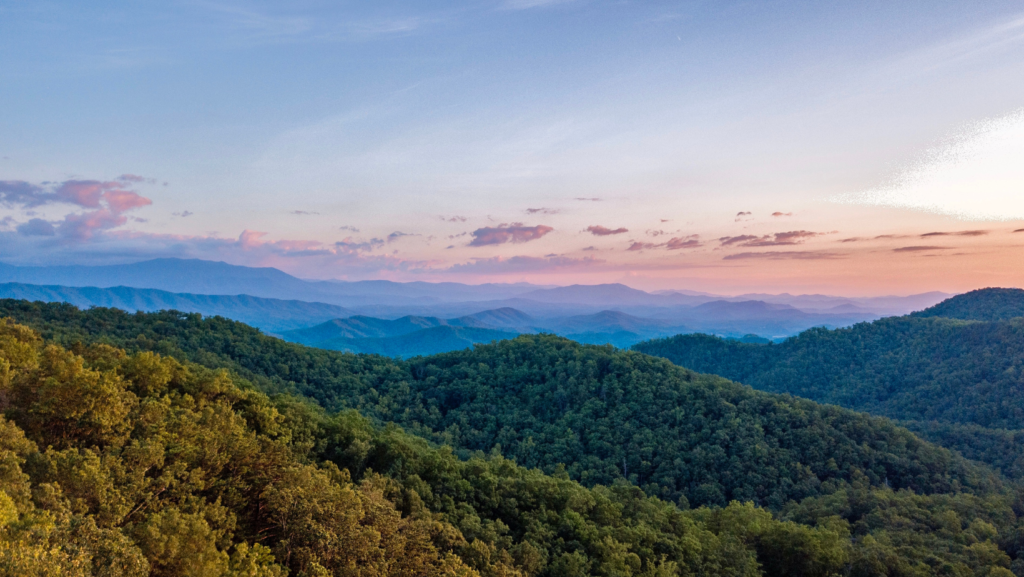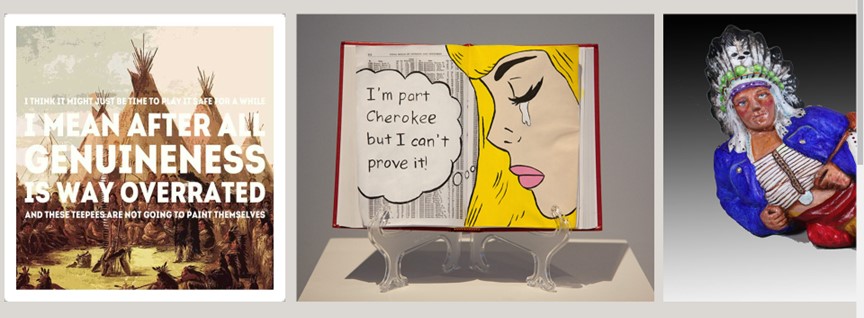Myth Busting from the Mississippi to the Mountains
AN INTRODUCTION
At the core of Humanities Tennessee’s mission is sharing the stories of our state. We accomplish this together: in partnership with community-based organizations, through public programs, and with resources of time and grant funding to help us all connect with each other. Often, this work means excavating untold stories and exploring who is telling the story, who is listening, how are the stories being shared, and are they 10,000 years old or stories we are living today.
This month, we kick-off a series by exploring how organizations are engaging storytellers and communities in creative ways to share untold stories. In future months, we’ll delve into ways that exhibits and programs are being made more inclusive and accessible, as well as unexpected ways that we are “doing the humanities” together and creating meaning.
The organizations and programs featured in this series received grant funding through SHARP – Sustaining the Humanities through the American Rescue Plan – which provided nearly $1 million to 91 Tennessee organizations to support their recovery from the pandemic.
We hope you join us on this journey, exploring and sharing the stories of our state.
MYTH BUSTING FROM THE MISSISSIPPI TO THE MOUNTAINS
Take a moment to think about Native Americans and the people of Appalachia and consider what comes to mind…
- How does someone today identify as Native American or Indigenous?
- Why does our culture tend to associate poverty and isolation with Appalachian life?
- Where did our ideas come from?
- How do the words ‘Native Americans’ and ‘Appalachia’ themselves blur the identities and cultural uniqueness of the people they are intended to describe?
Earlier this year, the Museum of Science & History (MoHS, formerly Pink Palace) in Memphis featured the visual art of 12 contemporary Native Americans for the purpose of questioning and challenging stereotypes. Nearly 5,000 visitors toured the exhibit, engaging with art that used humor, shock, and an array of emotions to encourage viewers to question portrayals of Native Americans in popular culture.
“Savages & Princesses: The Persistence of Native American Stereotypes” supported the museum’s vision of contributing to a community of people who share a richer understanding of one another and the world around us. Artists included members of the Cherokee Nation, Chickasaw Nation, Comanche Tribe, Shawnee Tribe, United Keetoowah Band, and others.
Visit the Exhibit USA page to explore the artists involved in the Savages & Princesses Exhibit.
Launching later this summer, the Heritage Alliance and Jonesborough & Washington County History Museum will open their new exhibit, “8 Myths of Appalachia.” Funds from the SHARP grant program allowed the Heritage Alliance to keep their part-time program coordinator on staff and part of her work includes the creation of this exhibit. The approach of “8 Myths of Appalachia” is to respond to contemporary misconceptions (poverty, isolation, homogeneity) by illustrating the roots of current myths using the region’s history of class exploitation and natural resource extraction, for example, for political and corporate gains.
“I am thrilled to tackle these issues head-on and in an historical way because so much of the conversation has been about contemporary issues and the humanity [of Appalachia] We are artistic. We are creative and we are a society of makers.” ~Megan Cullen Tewell, PhD, Program Coordinator, The Heritage Alliance
Through both the exhibit and public events, the Heritage Alliance plans to educate the general public with historical information, engage visitors in conversation, and inspire curiosity about the region and people of Appalachia.

WATCH… This video documents the origins of the Savages & Princesses exhibit by 108 Contemporary in Tulsa, OK in 2016.
LEARN… Hear more from the Director of Exhibits at the Museum of Science & History in this interview with WREG News Channel 3
CONSIDER… How do myths come to be ingrained in culture? What may be involved in shifting common myths?
Coming Up…
Through July, we’ll highlight work happening around the state that busts myths, provides “new” perspectives, and helps create a fuller, more complete history of Tennessee.
For a preview, be sure to check out these organizations:



